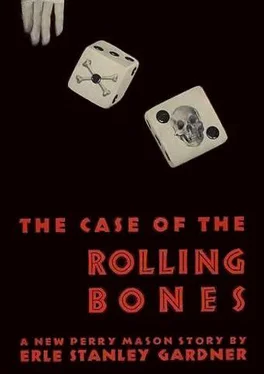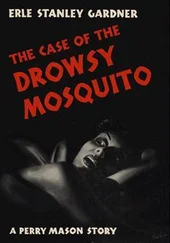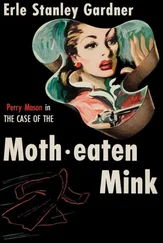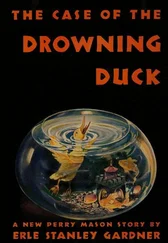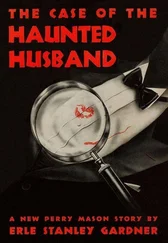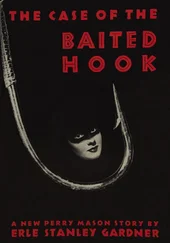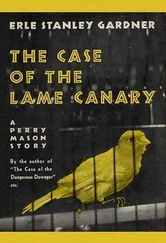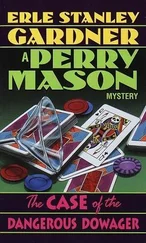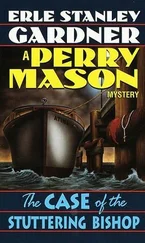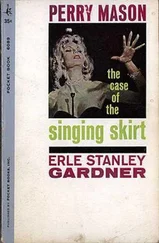These are questions which are perplexing the authorities and causing a particular headache to the Governor of the State of Washington, who is advised that he will shortly receive, in due form, demands that Alden Leeds, who is at present held a prisoner in Seattle, be returned to Alaskan authorities to answer to the charge of murdering Bill Hogarty, his mining partner, back in the later days of the Klondike gold rush. On the other hand, California authorities, who have appeared on the ground in Seattle, are equally positive that Alden Leeds murdered Bill Hogarty no later than last Friday night.
A discrepancy of thirty-three years in the date of a man’s demise is startling, to say the least, to say nothing of the fact that it is virtually an impossibility for a man to be murdered in Alaska and then again in California. There is, in the popular mind, a supposition that murder is a final gesture. The corpse is supposed to remain in, what the lawyers term, status quo.
Alaskan authorities claim that they have found the body of Bill Hogarty where it was left in a shallow grave by Alden Leeds following a rich strike which the partners made in a mining claim. The Alaskan authorities claim to have evidence showing that Leeds disguised his identity by taking none other than the name of the murdered man, and left the Yukon, masquerading as Bill Hogarty. So completely were the officers fooled by this clever ruse, that for years they were searching for Bill Hogarty, on the theory that he had murdered Alden Leeds.
California authorities, however, claim that the Alaskan body was not that of Bill Hogarty because Bill Hogarty was killed by Alden Leeds no later than last Friday night, and cite a frostbitten foot on the part of the corpse to prove identity.
The situation is rendered more puzzling in view of the fact that a well-known criminal attorney, whose dramatic exploits have attracted more than state-wide attention, has instituted a frantic search for information concerning the deceased Bill Hogarty, and, in particular, as to the manner in which he lost his toes.
To the layman, the whole affair appears puzzling, to say the least. It is as though Alden Leeds, having murdered Bill Hogarty in the Klondike in 1906, was subsequently confronted with the body of a corpse which had refused to accept the murder as final, and who had suffered only the amputation of four toes from his right foot as the result of thirty-three years’ interment in an icy grave in the far north. Whereupon, as though to illustrate the maxim of, if at first you don’t succeed, try, try again, the dead man was murdered again — so that now all that is mortal of Bill Hogarty lies in a Southern California mortuary undoubtedly quite dead, frostbitten foot and all.
It is to be borne in mind that the contention of the authorities that Alden Leeds is the murderer is as yet entirely unsubstantiated in any court of justice. It is quite possible that Alden Leeds could make a statement which would go far toward explaining the matter, but Alden Leeds has become afflicted with a temporary impediment of speech which prevents him from answering any questions.
Emily Milicant, whom the authorities insist was occupying a room with Alden Leeds in Seattle, has also mysteriously vanished. Inasmuch as she seemed to evaporate into thin air during a time when the hotel was under the closest surveillance, the authorities are, to put the matter mildly, irritated. They insist that there is more than a casual coincidence in the fact that Miss Milicant’s astounding disappearance into the Seattle atmosphere coincide with the arrival on the scene of a noted criminal lawyer.
Della Street and Paul Drake were waiting for Mason at the airport.
“Hello, gang,” Mason said. “How about eats?”
“Swell,” Della Street said. “There’s a fine restaurant right here in the main administration building.”
Mason said, “And we won’t discuss any business until after we’ve finished with the food.”
On the way to the restaurant, Drake said, “Seen the papers about Leeds, Perry?”
“Uh-huh.”
“Where,” Drake asked, “did you get that dope about the frostbitten foot?”
Mason said firmly, “We eat now and talk later.”
Drake said, “I always like to eat with a client who’s on an expense account.”
Mason grinned. “Go as far as you like.”
“I take it then,” Drake said, “Leeds was appreciative — and generous.”
“And I’ll discuss that over the coffee and cigarettes,” Mason said.
When they had finished the meal and were huddled over cups of black coffee, Mason lit a cigarette and said to Paul Drake, “Okay, Paul, let’s have it.”
Drake said, “Following your tip-off, Della had me check on the tenants above the sixth floor in that apartment house. We drew blanks until we looked up the occupant of 881. She’s Inez Colton — has a secretarial job in a hardware store. She’s been seen two or three times with a young man who drove a red convertible. Jason Carrel has a red convertible. Descriptions on the cars check absolutely. What’s more, Inez Colton took a powder right after the murder. We can’t locate her anywhere. She simply walked out and disappeared. She told a friend she was going on a week-end trip.”
Mason said, “Jason Carrel, eh? It sounds as though we’ve struck pay dirt, Paul.”
“Struck it,” Drake said, “but can’t do anything with it. We’ve got men covering Jason Carrel. He may lead us to her, but I think he’s too wise.
“The officers slapped a subpoena duces tecum on your handwriting expert. That meant either that Della had been shadowed when she went to him, or that the telephone line was tapped. I did a little investigating and found out your telephone line to the office and hers at her apartment were tapped.”
“How about this waitress at the Home Kitchen Café?” Mason asked.
“I don’t think there’s anything to that,” Drake said. “She left before the murder was committed. Evidently, it’s just a coincidence.”
“What time did she leave?”
“Around nine o’clock. Someone saw her leaving her room. She was carrying two heavy suitcases. I tried to cover taxicabs, but can’t find anything as yet. Her room rent was paid up. She had wages coming. Oscar Baker is the waiter at the Blue and White Restaurant who took the dinner up. He’s positive on the time element. He doesn’t know Hazel Stickland, the waitress at the Home Kitchen Café — says he doesn’t, and I’m inclined to believe him, but I’m checking back on him. He’s just a punk kid who’s drifted around, flunky in a lumber camp, waiter, dishwasher — plays what money he can get on the horses — a colorless chap who’s never found himself because there isn’t anything to find. I’ve planted an operative who’s become friendly with him, posing as a waiter out of a job. Baker says he’ll try and get him on at the Blue and White as soon as there’s a vacancy.”
Mason said, “You can’t tell about kids these days, Paul. A lot of the most puzzling crimes and the most vicious crimes are committed by persons under twenty-five.”
“I know,” Drake said, “and, of course, there’s a possible motivation. John Milicant was quite a ladies’ man. He played the races. Hazel played the races, and Oscar Baker played them. But that doesn’t mean anything. A lot of people play the ponies these days.
“I find that Oscar Baker has been winning money crap shooting lately and losing it on ponies. From the way he’s been winning with craps, I wouldn’t doubt that he had some of the merchandise of the Conway Appliance Company.”
“Check on that?” Mason asked.
“Hell,” Drake said, “he’s too wise. My operative got in a crap game with him, and won three dollars. If Baker had any crooked dice from Conway, he was wise enough to ditch them as soon as he read about the murder.
Читать дальше
